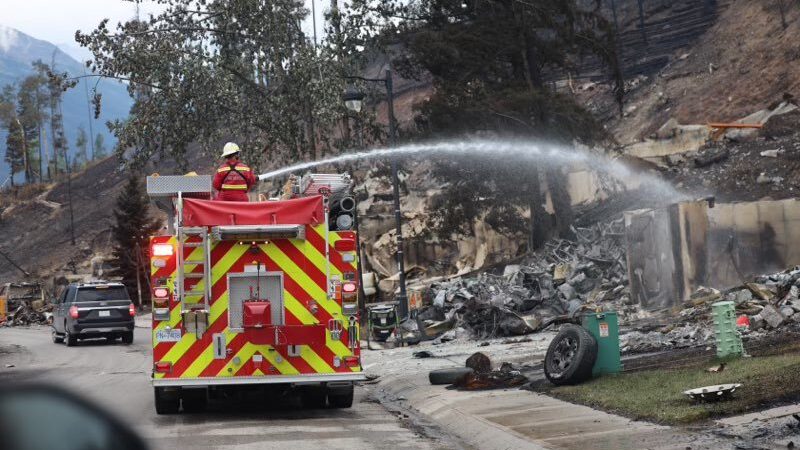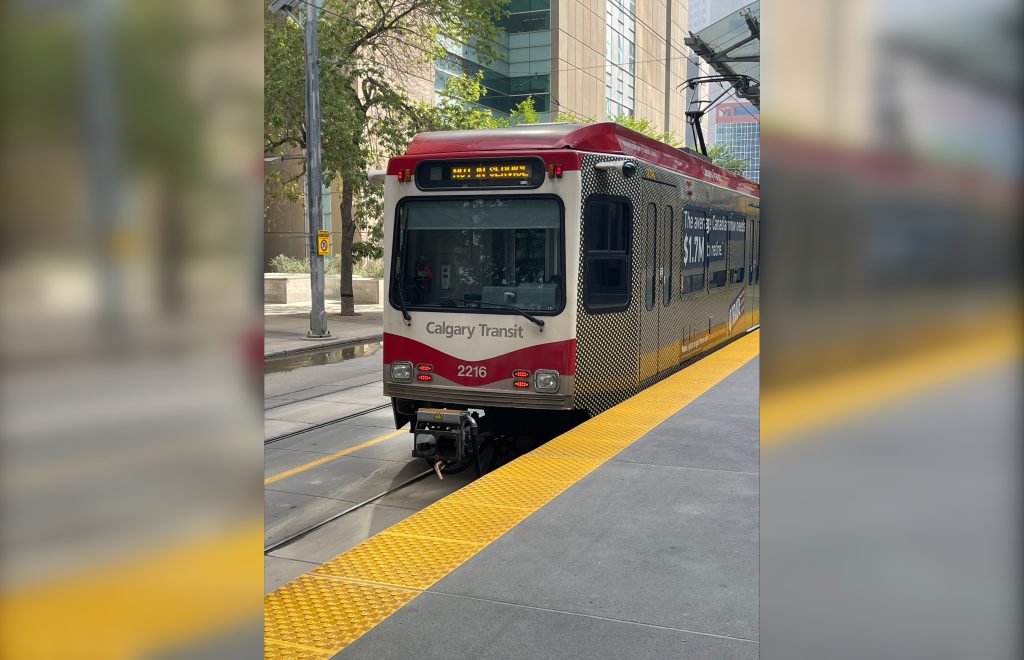Women in ride hailing, food delivery often brush off harassment: study

Posted May 6, 2022 1:16 pm.
A new study suggests women working for ride hailing or food delivery apps are often brushing off harassment.
The study out of UBC heard from 20 women who work these so-called “gig” jobs across Canada and the U.S.
Dr. Ning Ma, who co-authored the study, says one of the many areas the study looked at was platform design.
“Of course they have some, I guess, consideration about workers’ interests, but these type of efforts are usually focusing on workers in general, but not really looking at gender, particularly towards women,” she explained. “That means when women interact with customers, we are more prone to these existing social biases or expectations so that when they actually face them, there isn’t really clear guidelines or safeguards for women to protect themselves while working on the platforms.”
Platforms like Uber have some safety features built into their apps. However, many of the respondents in the study say the safety tools in place aren’t working.
Ma says panic buttons, for example, can come with its own challenges.
“When we talked to women, especially drivers, they told us that it really takes a lot for them to hit the panic button because that means it’s a 9-1-1 call, basically. And a lot of times, they don’t really want to go react to that extent. And it will affect their ability to continue to work and make money. It wastes hours of their time to handle the situation in that way. So what happens is that when people just make comments or kind of have this micro-harassment behaviour — they’ll just brush it off and live with the situation and kind of deescalate and move on,” she explained.
The research has found many women avoid working in “darker hours” or “bar hours” — which, for ridehailing, can be prime earning hours. This can lead to less money earned compared to male workers, Ma notes.
Related Articles:
-
Uber Canada drops mask mandate for passengers, drivers
-
Vancouverites fearful as police report four daily stranger attacks average
-
Vancouver women uneasy after random, violent weekend attacks
In a statement, Uber says driver safety is the company’s top priority.
“We’ve pioneered many of the safety features that are standard in the industry today, including an in-app emergency button, and are piloting new features all over the world. Our work on safety is never done, and we remain committed to investing in technology and features designed with safety in mind,” a spokesperson said in an email to CityNews.
In addition to the panic button, Uber says there are additional features in the app that are focused on safety, including a 24/7 phone support line available to drivers.
The company notes it’s also partnered with organizations dedicated to fighting domestic violence and sexual assault to provide more support and address safety concerns.
Meanwhile, Ma says it was important to conduct this study because “gig jobs” are so new to the industry, adding there’s still more to learn.
“A lot of jobs are gig-ified. So I think for us to better understand women’s, and also other kind of gender and people of background, experience is important for us to better design these new kind of workplaces,” she explained.
Overall, Ma says ride-hail and delivery app companies still have work to do. She says more clear guidelines are a key part to safety.








